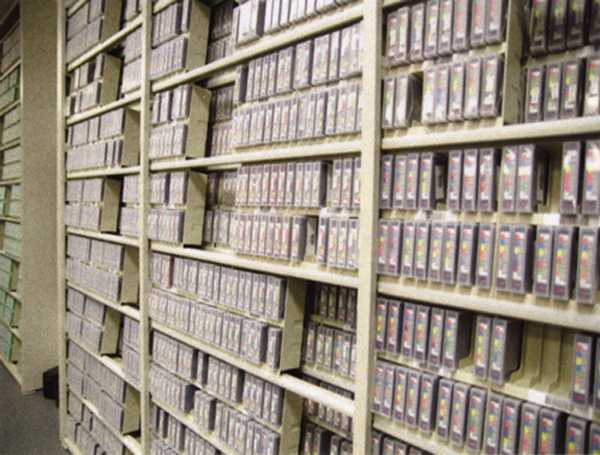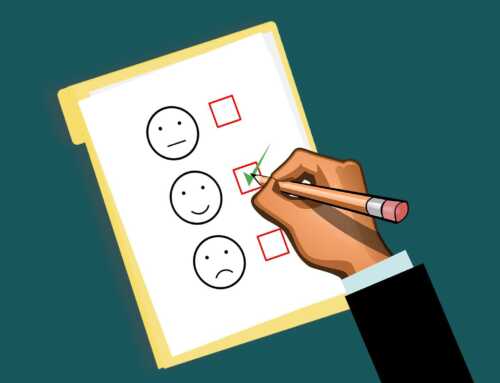IT is time for businesses to decide. We’re all aware of the threats to our data and systems: server failure, human error, malware/ransomware, natural disasters etc and the potential for costly downtime they incur. Should any of these events occur, would you prefer to have a tape backup system or a business continuity solution?
We’ve recently had a customer who switched from a tape backup solution to our SafeHouse Backup and Disaster Recovery product (a true business continuity solution), who experienced a major hardware fault. The clients’ thoughts on this timely shift “if we were still using our old tape backup, we would have had a lot of tapes but nothing to restore the data onto”.
We understand that a lot of businesses still rely on tapes for their backups, but with the move to more secure, reliable, and cost effective hybrid cloud solutions, it is important to look at why it may be close to time to change your strategy.
- Frequency of Backups: traditional tape backup strategies are typically run nightly which allows for data to be backed up while the business is not actively using the files. Typically, they also employ what called known as a grandfather father son policy, in which incremental backups are performed nightly of only what has changed during the day, Full backups are run on a Friday or over the weekend, and then a full backup is run once a month to be taken offsite. With the value of data and cost to replace, more and more businesses require, or certainly feel better with more frequent backups. With a business continuity solution your systems can schedule their backups to be performed every 30 minutes if necessary.
- Human Interaction: tape backup and storage requires a level of human interaction. Unfortunately, the more human interaction required in the process, the higher the possibility of human error and something going wrong. This may be in the form of wrong tapes being used, not put in every day, not taken offsite, schedules not checked and monitored.
- Proof of Backups: unfortunately, just because a backup has been scheduled, doesn’t mean it has run successfully. Tape systems do not provide a snapshot of a successful backup, which mean more human interaction is required to verify your backups have actually worked.
- Time to Restore Data: businesses today demand and expect relatively fast RTO (recovery time objectives) with their backup and business continuity solutions. With tape, large restores can take anywhere from hours to weeks. How long can your business continue to operate without your data?
- Cost: it is true that the actual tapes are cheap to purchase, but that is not the only cost that should be factored in. the true cost of ownership need to take into consideration
- Number of tapes to implement a true tape rotation strategy with acceptable retention periods
- The cost of the tape drives required to perform the job
- Human cost to rotate the tapes
- Cost to clean the tape drives
- Cost to store tapes offsite either using a service, or an internal resource
- Cost of failure
- Cost to recover data
- Cost to recreate data
- Lost revenue because of downtime.
The total cost of tape can add up quite quickly, and is not always the bargain that people are led to believe.
Are you ready to move from tape to a true business continuity solution?







